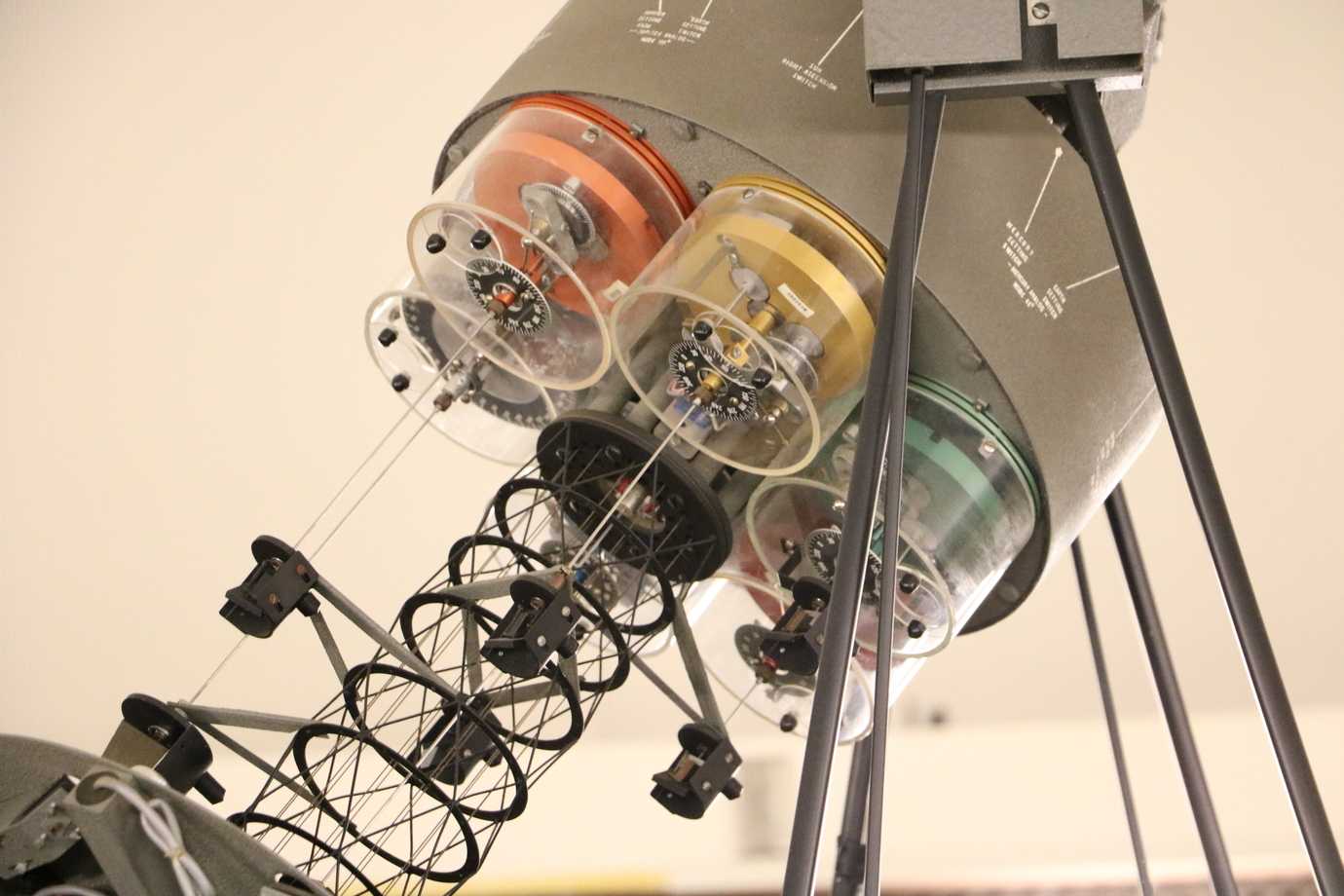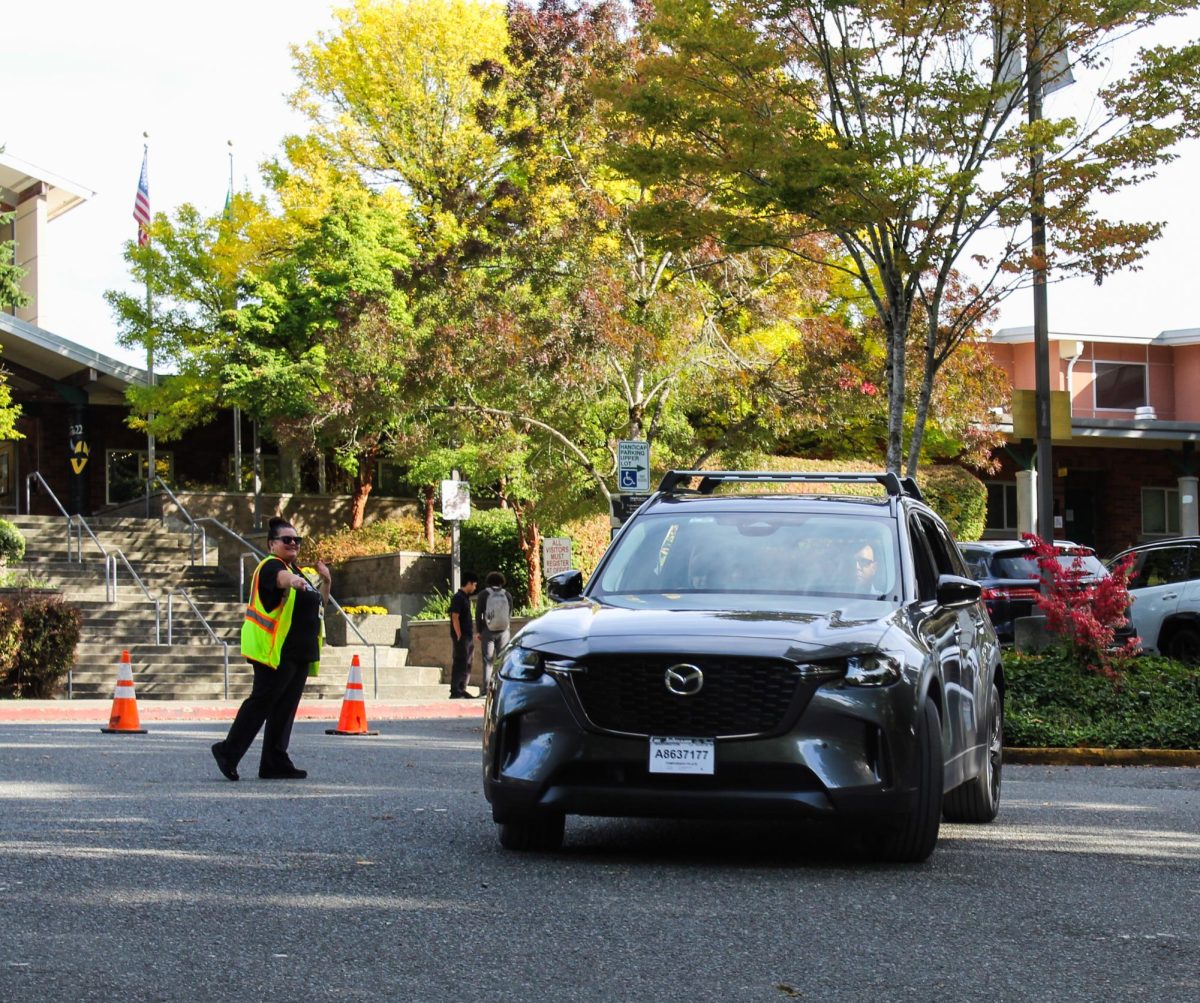 Photo by Eli Reed
Photo by Eli Reed
Sandwiched between the 700 and 800 buildings, distinctly octagonal and unbeknownst to most students, sits an entire galaxy. The planetarium has been a distinct feature of Inglemoor’s campus for decades, yet to most students its history and purpose remains unclear.
“I would say that the planetarium is easily the most lit building in the whole school,” senior astronomy student Connor Keyes said. “When the lights go off, at first, you really just want to take a nap, but at the same time you’re too fascinated with all the stars right above you.”
“Once your eyes are fully adjusted, though, you’re just looking up at the stars. It’s a really cool experience, like you’re in some remote location far away.” – Chloe Gelpieryn
For all students participating in the astronomy class, the planetarium is a fascinating feature and supplement to astronomy teacher Matt Coglon’s curriculum.
“It takes about 5 or 10 minutes to fully adjust your eyes [to the dark],” senior Chloe Gelpieryn said. “Once your eyes are fully adjusted, though, and you’re just looking up at the stars. It’s a really cool experience, like you’re in some remote location far away.”
Primarily used to teach students about constellations, the planetarium was constructed in the 1960’s under the supervision of the school’s first principal to encourage interest in the space sciences in the middle of the Space Race. At the time there was a powerful desire in the United States to be the first country to reach the moon.
But the planetarium is not used solely for classes; students are welcomed to join Coglon for Astronomy Club on Tuesdays, meaning anyone can enter the planetarium regardless of their class schedule. To do so students must fill out an application which they can receive from Coglon in room 910.
“For a lot of [my students] it’s their favorite part of the class,” Coglon said. “And for a lot of them, I think it can also be something of a retreat, a calm space where they just listen to me tell stories and that’s really soothing.”
















